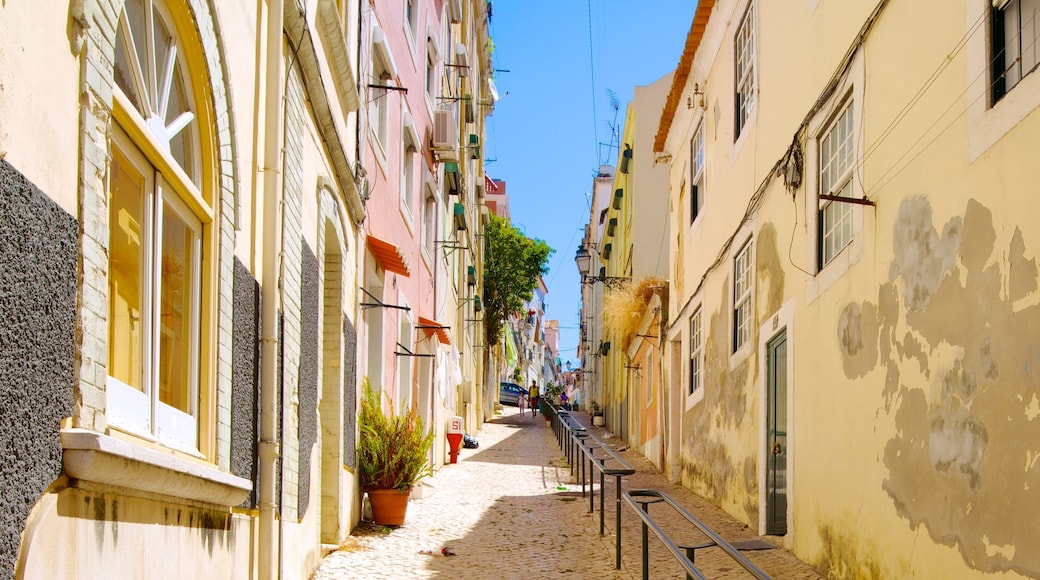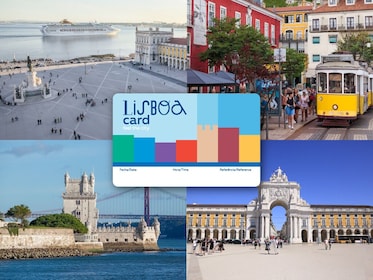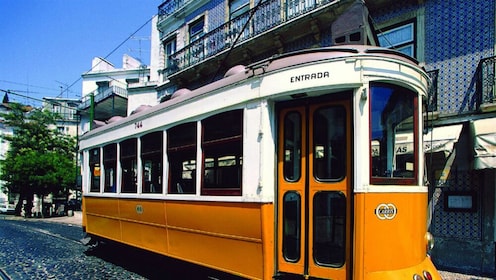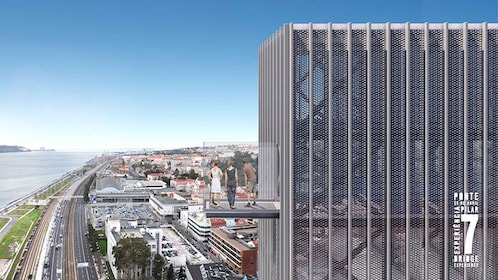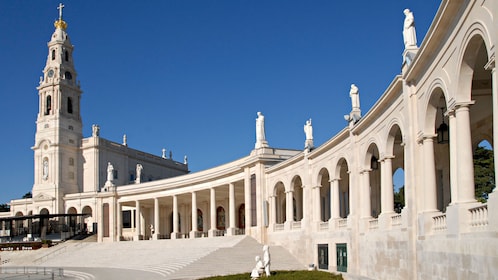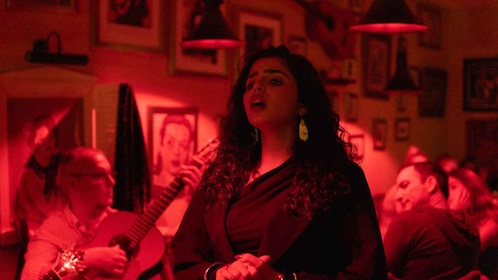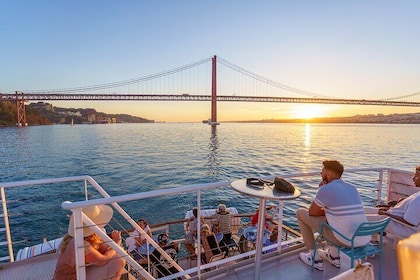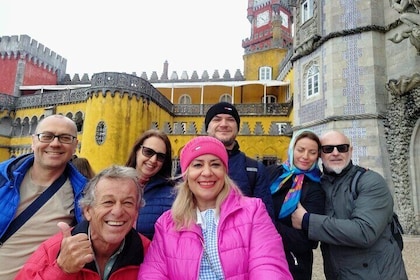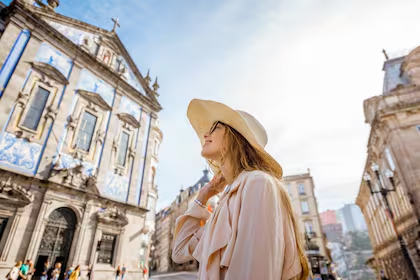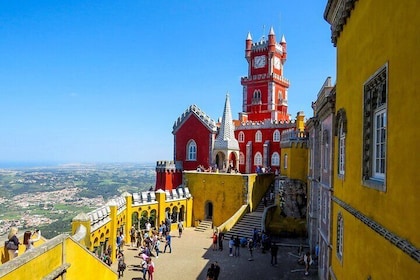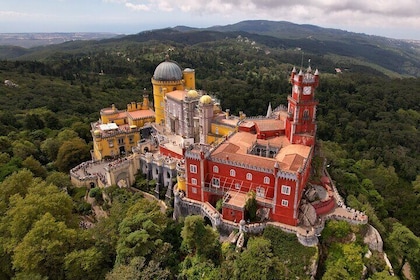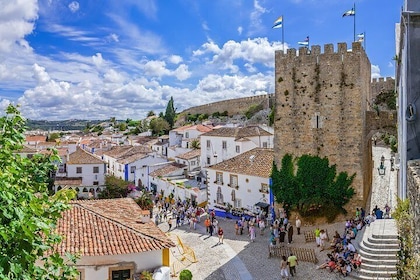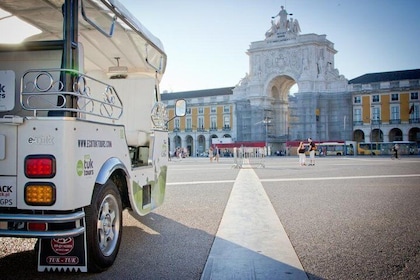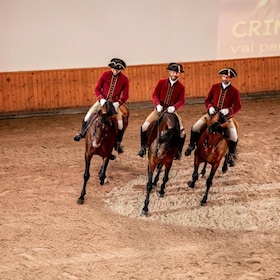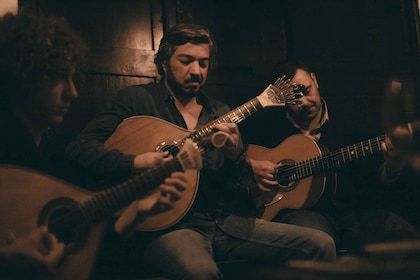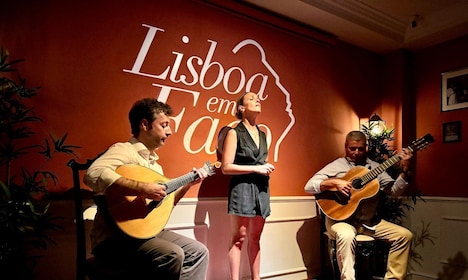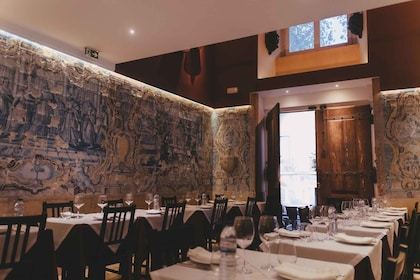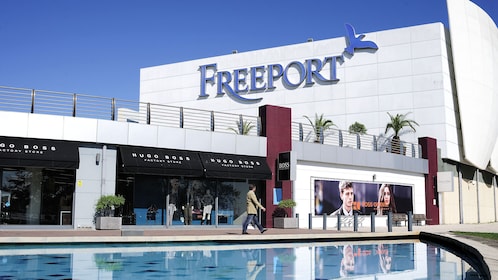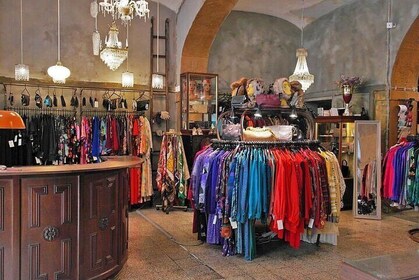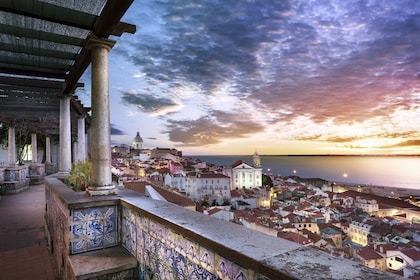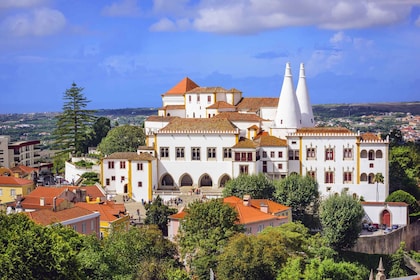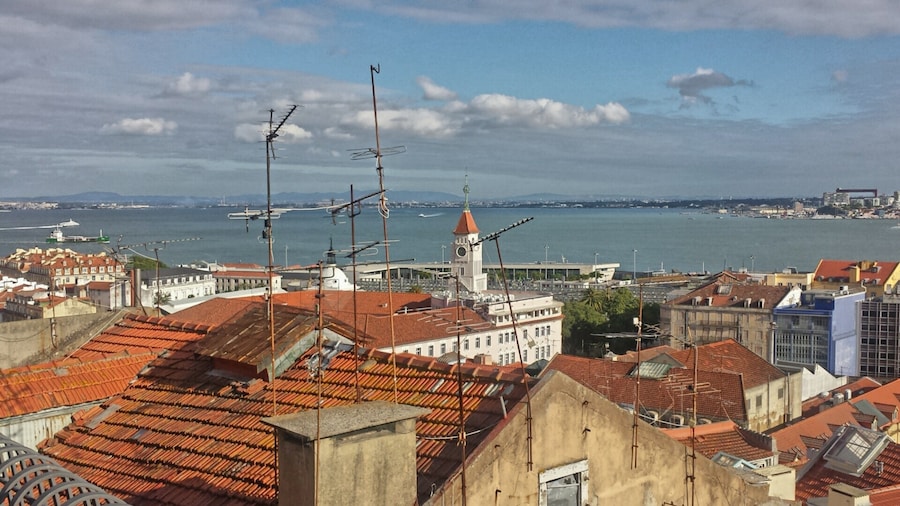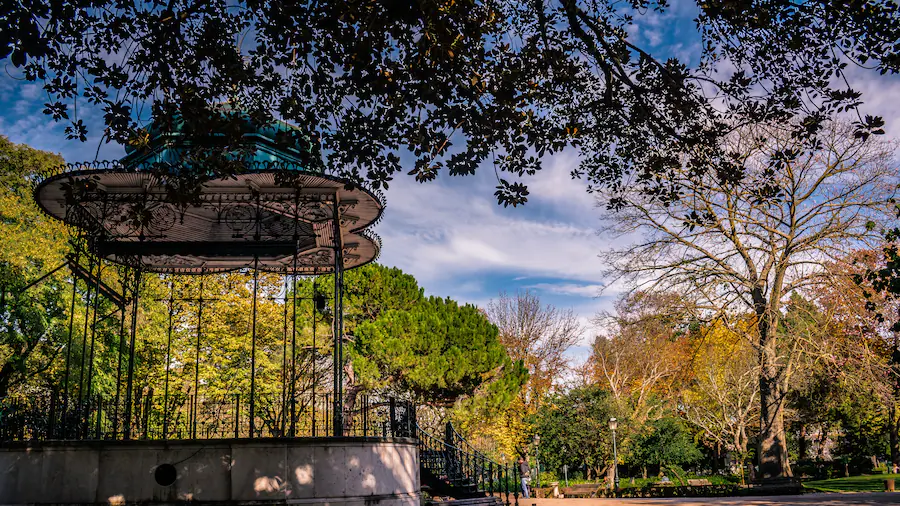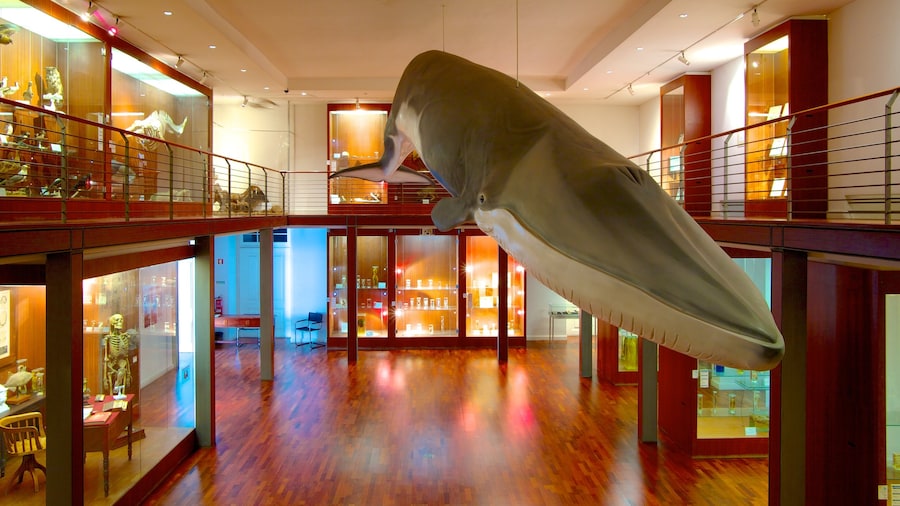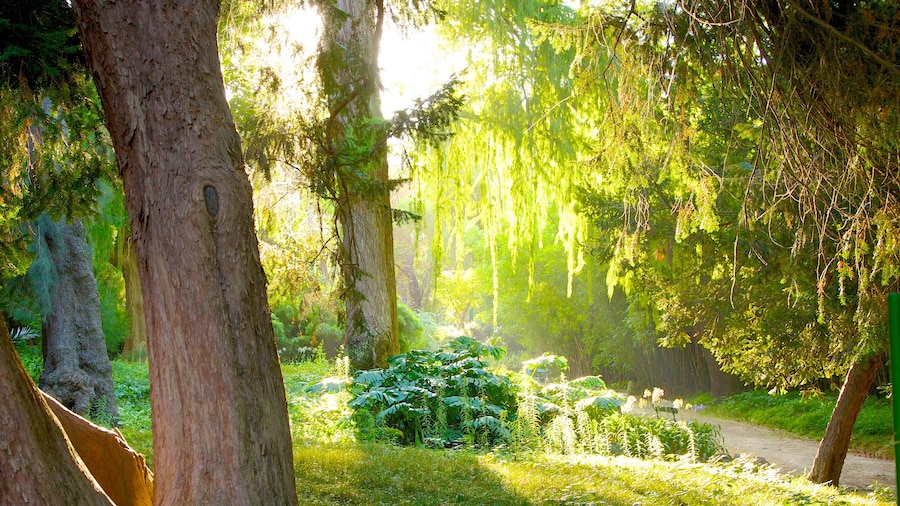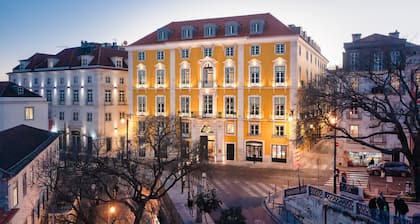A trip to the Portuguese Parliament (Sao Bento Palace) reveals a great example of 16th-century neoclassical architecture and the current seat of the government. The parliament building was built as a monastery for Benedictine monks during the 16th century but was taken over by the Portuguese government following the suppression of religious orders in 1834.
Today, the building still maintains many of its original characteristics, despite having endured numerous periods of renovation. Note the original rectangular structure arranged around the four cloisters. Look for the four statues on pedestals that depict prudence, strength, justice and temperance.
Admire the remodelling undertaken by French architect Jean Francois Colson in 1867. He converted the chapter house, once the site of Benedictan monks’ prayers, to a more modern design for the parliament. Other redesigns were the work of Portuguese architects including Miguel Ventura Terra, who updated the façade to include a neoclassical portico with a triangular front at the beginning of the 20th century.
Behind the grand façade the architectural marvels continue. Enter the building when parliament is not in session to see the many paintings and sculptures that adorn its walls. Check the official website for session times.
Walk around the Sao Bento Palace to discover the opulent abode of the Prime Minister. Located within the garden of the old monastery, the mansion has been the residence of Portugal’s leaders since 1938. It is closed to the public, but you are welcome to admire the building from afar.
The Parliament is located in Lisbon’s Chiado district, a charming neighbourhood in the centre of the city. Reach Parliament on foot from most central locations or catch the bus that stops just outside. A walking tour of the region is a great way to place the building within a historical context. Book a tour through your hotel or a tourist information office in the city centre. After you’ve seen the building you’ll be well positioned close to many restaurants, bars and cafés.




